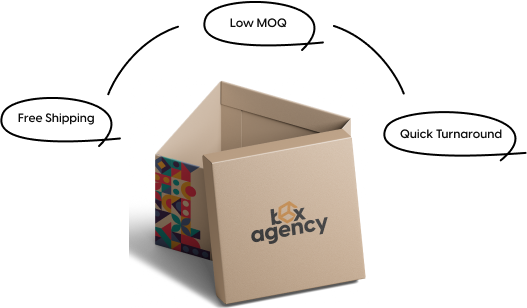How to Prepare Dielines for Prepress Printing: Role, Creation, Software
A dieline is a basic component in the packaging design process. It refers to the template that outlines where a package will be cut, folded, and glued. A dieline is to guarantee that the design fits accurately on the packaging material and adjusts with production specifications. The significance of measuring a dieline precisely cannot be overstated as any little mistake can result in wasted materials or a poorly finished product.
What is Dieline?
A dieline is a two-dimensional layout that outlines where a packaging design will be cut and folded as well as creased during production. It acts as a guide for printers to guarantee the packaging fits the item accurately. These are made with vector-based software and dieline gives precise measurements for all necessary cuts and folds.
Their reason is to adjust the design with the product’s shape and estimate. Dielines are essential in preventing errors and ensuring proper packaging that avoids issues like misalignment that could affect product quality and display.
3 Important Roles to Consider Before Creating a Dieline
Before making a dieline there are three key components to consider. These components influence how the package will be organized and the materials best for production. Understanding these aspects makes a difference in creating a dieline that supports the packaging design’s functional and aesthetic requirements.
Accurate Size
The measure of the packaging must coordinate the measurements of the item it is meant to contain. An adjust dieline guarantees that the packaging is neither too tight nor too loose which gives a secure fit that protects the item during transit and display.
Weight of the Product
The weight of the item plays a significant role in packaging design. Heavier items require sturdier materials and strengthened dielines which guarantee the packaging can withstand the weight without tearing or damaging the item. Proper dieline creation ensures strength.
Purpose of Packaging
Packaging serves different purposes such as security and branding. The dieline needs to reflect the aiming work whether it is for shipping or retail display. A well-designed dieline guarantees that the packaging meets these particular needs effectively.
Tools and Software for Creating Dielines
A few software tools are commonly used by designers and packaging experts when it comes to making dielines. Adobe Illustrator is one of the most popular choices that offers capable vector design tools that allow for exact dieline creation. CorelDRAW is another design tool known for its user-friendly interface and strong vector editing capabilities which makes it a reasonable choice for dieline creation.
For more specialized packaging needs ArtiosCAD is broadly used particularly for designing complex dielines and 3D models. These tools cater to different needs and offer everything from basic dieline creation to highly detailed industry-specific packaging design.
Step-by-Step Guide to Finalize the Dieline Template
Before starting the dieline preparation process brand should look at prepress dieline templates. This will save them a lot of hassle and cost while still ensuring the structural design of your product packaging. Pre-made dieline templates can be edited in Abobe Illustrator to place logos and graphic design with appropriate color contrast.
The dieline has distinct color lines that guide the blade. They are positioned based on your artwork design to meet industry standards. Here are the different colored lines to help you fully understand what it means;
Cutting Lines
Cutting lines are the foremost important part of the dieline and they are marked with black colors. They let the manufacturers understand where they should cut the dieline while making the final item packaging.
Crease Lines
Crease lines are also called fold lines. They are highlighted using the red color to let you know where to fold the packaging. The dotted red lines guarantee simple development of the packaging material after the completion of the printing and finishing process.
Bleed Lines
Bleed lines are the green lines that effectively diagram the packaging design. The lines are developed to separate the additional space from the important design elements to develop the item packaging just the way it was arranged on the digital file.
Safe Zone
The safe zone appears using the green dotted lines that guarantee the area is guaranteed to be seen on custom-printed packaging. This adjusts the artwork design and places it precisely on the finished product packaging.
Glue Tabs
The glue tabs are indicated using the green crisscrosses. These are put in the item packaging to indicate the glue areas for the construction of product packaging.
What is Prepress in Packaging?
The packaging prepress is essential to ensure that the digital artwork design is properly prepared for the printing process. This results in consistent, accurate, and high-quality printed packaging materials. This process requires a high level of technical expertise, quality control, and attention to detail to achieve the best results in the final printing stage.
Prepress & Artwork Design Workflow
Prepress is the series of steps included in preparing a print design, guaranteeing everything is ready for production. To attain optimal accuracy and quality for dieline plans, follow this workflow: Do not flatten, scale, or resize dieline templates. Artwork ought to be designed in CMYK for accurate color reproduction and include PMS color codes with comparing swatches.
When designing, guarantee artwork extends into the bleed areas to avoid white spaces, while keeping key components within the trim lines to avoid cut-off. Thin lines should be no less than 0.25pt. Embed images at 300 DPI to avoid blur. Once artwork is last, include fonts, keep text size at least 6pts, and convert fonts to outlines to avoid missing font issues.
Select the Right Printing Method for your Dieline
The choice of the proper printing strategy for your dieline holds considerations for different factors including the budget, print quality, and extended timeline. Contracting a leading packaging manufacturer might assist you specify your preferences and make a suitable choice regarding the printing method for your dieline.
Each printing method has its criteria of application and focal points. To understand it well, have a look at the printing methods below:
Off-Set Printing
Offset printing is best for complex designs and high-volume preparations. It offers a high-quality design with vibrant colors and amazing finishing. This can be very compelling for bulk orders but costly for small productions. This requires time for preparation and does not go well for the quick prints.
Digital Printing
Digital printing is best for brief runs and allows you to form changes at the last moment. They are cost-effective for small orders and hold a quick turnaround time for customization. The printing quality is not as great as offset printing.
Flexographic Printing
Flexographic printing is best for printing adaptable packaging, labels, and high-volume productions. They are cost-effective for large orders and suitable for printing on expansive films and foils. They do not give precise results for intricate designs.
Gravure Printing
Gravure printing is best for the high-volume printing of food packaging, labels, and other decorative elements. It offers color consistency and image accuracy with high-quality printing. Usually very costly matter and requires a great amount of time for setup.
Screen Printing
Screen printing is mostly used for the printing of uneven surfaces or limited edition printing. It used vibrant colors and uncommon finishing strategies on glass, plastics, and metal. This is not considered perfect for fine specifying and holds the great cost of setup for small orders.
Why Does Dieline Matter in Packaging?
A dieline thing because it serves as the blueprint for the whole packaging process. The printed packaging might not fit the item properly or could result in costly mistakes without an exact dieline. It guarantees that the design will fold, cut, and assemble in the right way, leading to a professional finished item.
What Are the Common Mistakes in Dieline Creation?
A few common mistakes in dieline creation include incorrect measurements, improper bleed settings, or failure to include proper security margins. These issues can cause misalignments, text or images being cut off, and uneven folds. Always double-check measurements, ensure the bleed is set accurately, and confirm that all elements are inside the secure zone to avoid these errors.
Where To Get Customized Dieline?
Customized dielines can be obtained from specialized packaging design companies or program tools. If you wish a dieline for a special packaging design, you can contact Box Agency who make a layout custom fitted to your item. Their packaging design software offers formats that can be balanced to suit your specifications.




